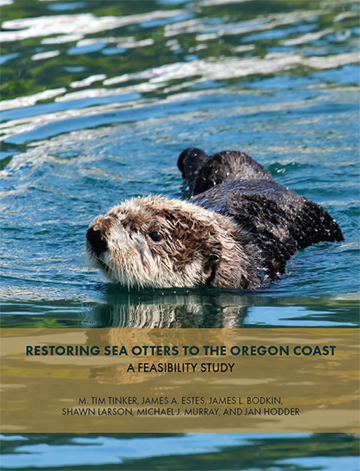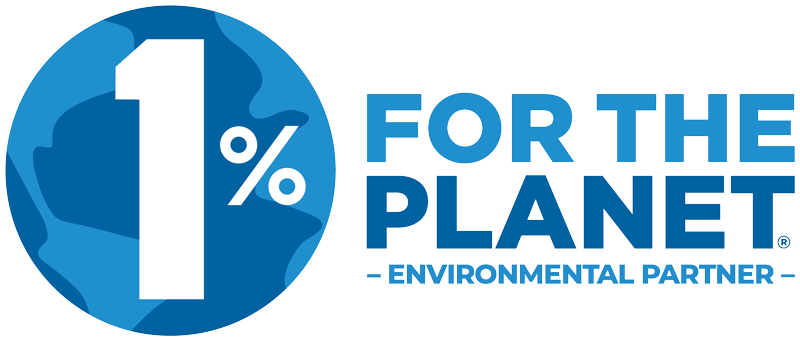Feasibility Study
Dive into Restoring Sea Otters to the Oregon Coast to learn whether it’s feasible to return sea otters to habitats they once called home.
This scientific study evaluates key considerations for reintroducing sea otters to Oregon, such as the habitats that could work best, how otters could affect these habitats and other species, and how Oregon businesses and communities could be impacted. The six authors assessed biological, ecological, demographic, health, welfare, regulatory, logistical, and stakeholder concerns, sharing findings that decision-makers must weigh.

Five Key Takeaways:
- Some past reintroductions have been successful. Reintroducing sea otters to their former habitats has helped bring otters from near extinction in parts of the North Pacific. Reintroductions along the west coast of Canada and the United States account for approximately 30% of today’s worldwide otter population.
- Reintroducing sea otters to Oregon is likely to succeed if done carefully. A reintroduced population(s) is likely to be viable if enough animals are released to appropriate habitats. However, the success of any single scenario is uncertain, so multiple release locations may be best.
- This study includes a description of and simulations from ORSO, a web-based population modeling app that can help assess alternative strategies.
- This study includes a description of and simulations from ORSO, a web-based population modeling app that can help assess alternative strategies.
- Estuaries may be key. Along with nearshore ocean habitats, several Oregon estuaries may be suitable for a founding sea otter population (e.g., Coos Bay or Yaquina Bay).
- Reintroducing sea otters will have many positive and negative effects. As a keystone species, sea otters have uncommonly strong ecosystem effects, including direct effects on prey species (e.g., Dungeness crabs currently supporting a commercially important fishery). They also create indirect effects, such as increases in kelp forests and eelgrass beds that, in turn, increase the number of finfishes and invertebrates that rely on them.
- Social, economic, legal, and regulatory issues must be considered. It is essential to reach out to the many stakeholders and community groups likely to be impacted.
For the next decade, Elakha’s task is to assess the scientific and economic feasibility of sea otter restoration, help the region decide whether to restore sea otters, and, if yes, proceed with restoration in carefully chosen, suitable places along the coast. Restoring Sea Otters to the Oregon Coast is a critical step toward our vision.
Learn More
- Chapter 1 – Intro
- Chapter 2 – Prior History
- Chapter 3 – Population impacts
- Chapter 4 – Genetic considerations
- Chapter 5 – Ecosystem effects
- Chapter 6 – Habitat suitability
- Chapter 7 – Socioeconomics
- Chapter 8 – Admin/legal issues
- Chapter 9 – Logistics
- Chapter 10 – Health & welfare
- Chapter 11 – Stakeholder issues
- Chapter 12 – Conclusions
- Appendices: ORSO app, maps
Related: Reintroduction Economic Study

Key Terms:
Click on the following key terms used on this web page to see their definitions on the glossary page:

